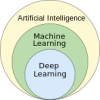Nasa to launch Tess on hunt for 20,000 new worlds0
- From Around the Web, Space
- April 18, 2018
Telescope hitching ride on a SpaceX rocket designed to spot alien worlds
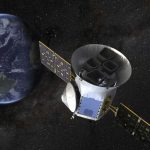
Telescope hitching ride on a SpaceX rocket designed to spot alien worlds

With little warning, a relatively large asteroid flew through the Earth-Moon system on April 15th only 192,200 km (0.5 LD) from our planet.
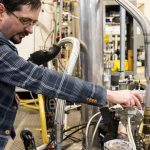
Hypothetical subatomic particles called axions get their chance to shine
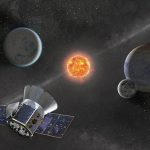
TESS will give us a new view of our galactic neighborhood.
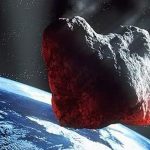
Humanity needs to step up its asteroid-hunting game.
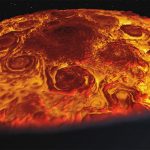
Scientists working on NASA’s Juno mission to Jupiter shared a 3-D infrared movie depicting densely packed cyclones and anticyclones that permeate the planet’s polar regions, and the first detailed view of a dynamo, or engine, powering the magnetic field for any planet beyond Earth.
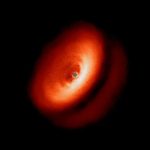
Planets are basically just giant dust bunnies.
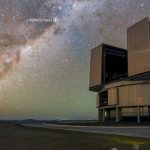
Alpha Centauri, a three-star system just 4 light-years away that is the sun’s nearest neighbor, ought to be a great place to look for Earth-like planets. But last week, at a meeting of the European Astronomical Society (EAS) here, astronomers lamented the way the system has thwarted discovery efforts so far—and announced new efforts to probe it.
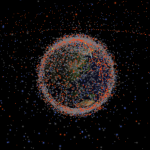
Okay, if you’ve got some spare time, check out this amazing website called Stuff in Space. It’s a simulation of every satellite (alive or dead), space station, and large piece of space junk orbiting the Earth right now.

Later in 2018, two robotic probes, launched by NASA and the Japanese Aerospace Exploration Agency (JAXA) will each reach separate asteroids.


